I know this is near impossible, without me sending her to someone for proper ID, but it is worth a try. I am really eager to know b/c I am really wanting to breed her as soon as she molts. She has not molted in 475 days as well.  First off, the location of the specimen. This T was collected in Fresno County, CA in an area slated for development. Not sure of exact elevation but it was in the vicinity of one of those sprawling mountain cities. I believe they are A. iodus but not sure.
First off, the location of the specimen. This T was collected in Fresno County, CA in an area slated for development. Not sure of exact elevation but it was in the vicinity of one of those sprawling mountain cities. I believe they are A. iodus but not sure.
A quick link to what she actually looked like prior to molting then right after:
Pics of her 475 days later:
Shes on the left
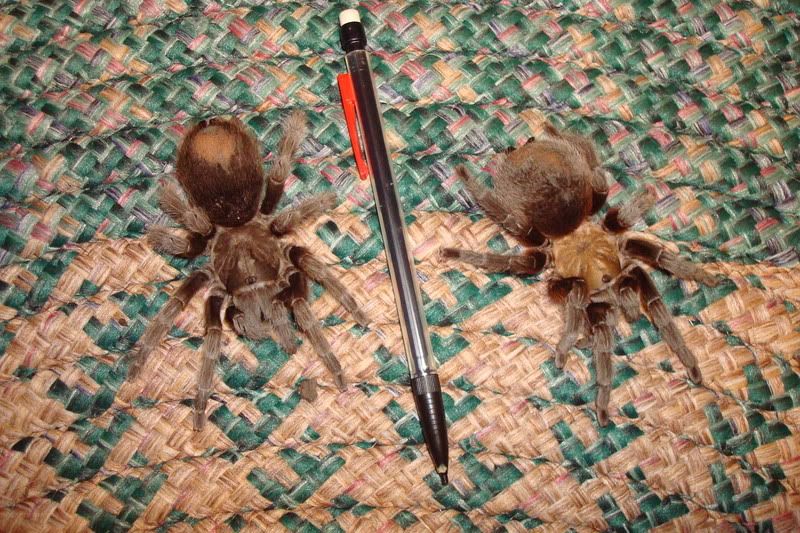
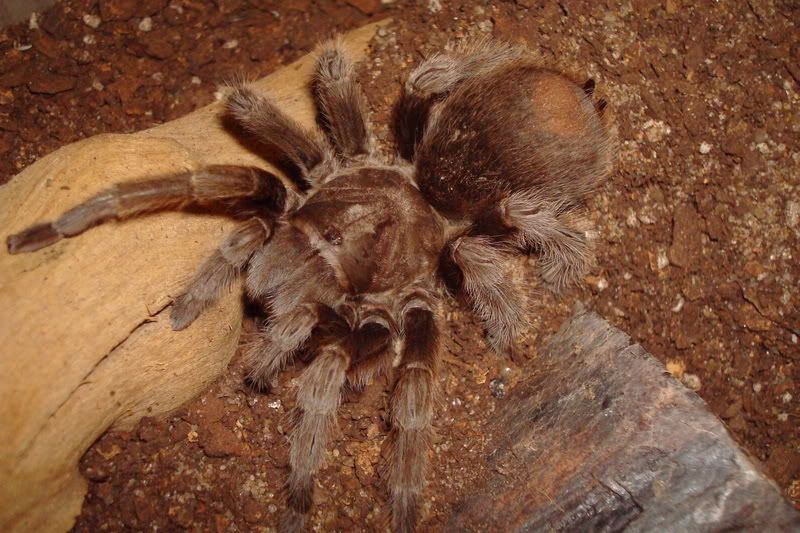
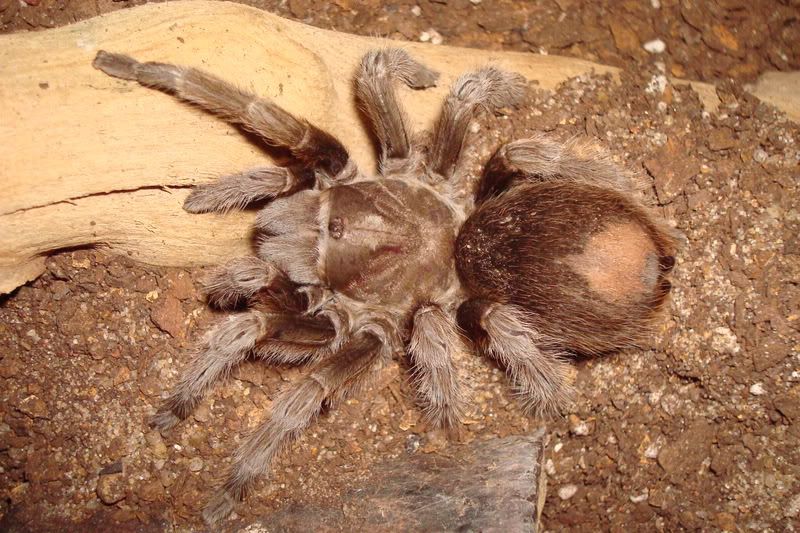
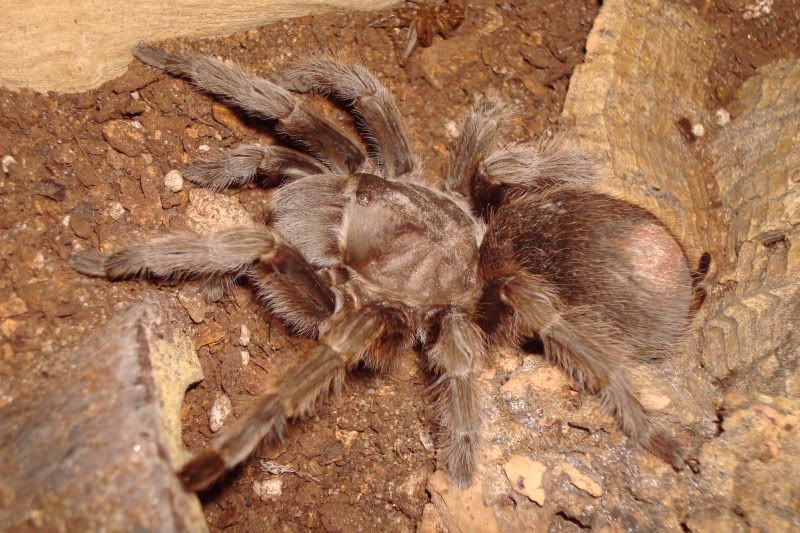
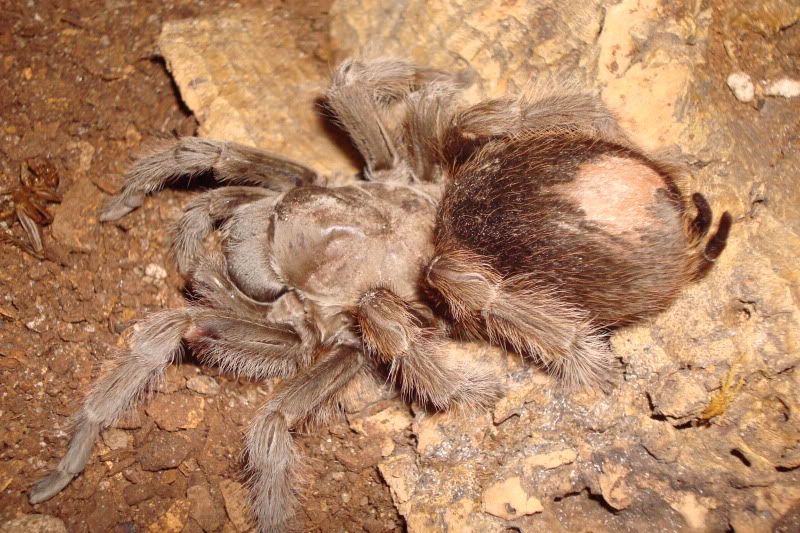
Some say it is A. eutylenum complex. But I honestly have NO idea. Any ideas?
 First off, the location of the specimen. This T was collected in Fresno County, CA in an area slated for development. Not sure of exact elevation but it was in the vicinity of one of those sprawling mountain cities. I believe they are A. iodus but not sure.
First off, the location of the specimen. This T was collected in Fresno County, CA in an area slated for development. Not sure of exact elevation but it was in the vicinity of one of those sprawling mountain cities. I believe they are A. iodus but not sure.A quick link to what she actually looked like prior to molting then right after:
Pics of her 475 days later:
Shes on the left





Some say it is A. eutylenum complex. But I honestly have NO idea. Any ideas?





Comment